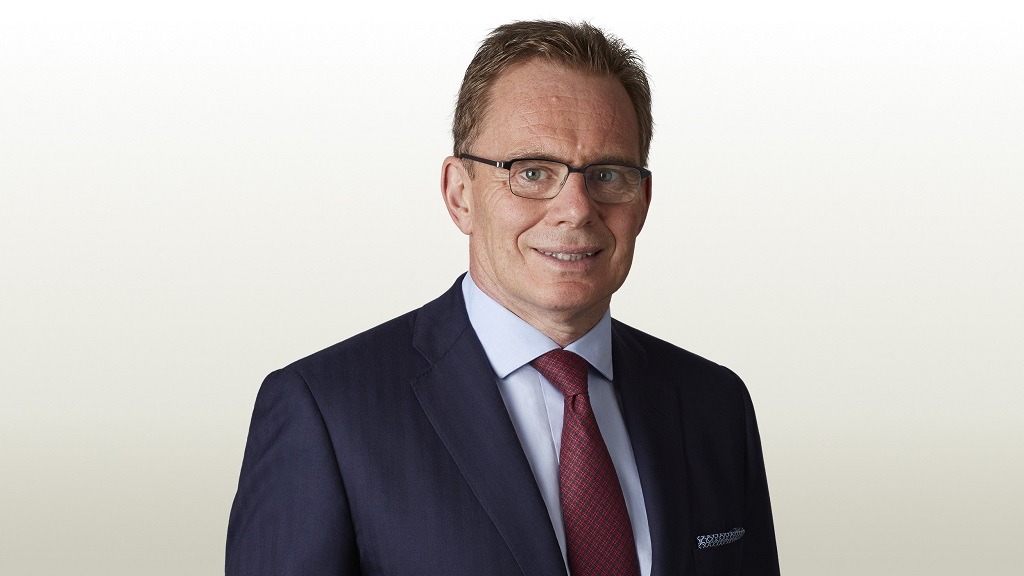
UK energy regulator Ofgem has committed to gender parity in its workforce by 2025 and is calling for the rest of the industry to follow suit, it was announced on 15 August.
As part of the move, the company joined POWERful Women (PfW), a 2014 initiative designed to recruit more women into the global power workforce.
Ofgem is also aiming to have a minimum of 18% ethnic representation across all pay grades, with at least 9% at each grade being women from an ethnic minority.
Chief executive Dermot Nolan said: “At Ofgem, we think it’s hugely important to put more effort and resources into becoming a more diverse organisation.
“We want to become a more diverse organisation, not just because it’s the right thing to do, but also because we think it will help us to make better decisions.
“Evidence shows that an organisation that has people from a wide range of backgrounds and with a range of experiences will be able to bring together new ideas and challenge established thinking.
“I am calling on the energy sector to also take steps to make their workforces more diverse, particularly at senior levels as that will help make you make better decisions and ultimately better serve your customers.”
Ofgem calling on gender parity for entire energy industry
Part of Ofgem’s announcement included urging other energy companies and organisation to shift towards gender parity, something the International Energy Agency (IEA) has said has proved difficult due to an “information gap.”
From hydropower and mining to extractives and renewables, men dominate employment numbers while increasing the number of women across each and every sector has remained a perennial and largely unsolved concern.
Addressing the issue in an article for the organisation, IEA analyst Bipasha Baruah said: “One of the enduring legacies of women’s traditional exclusion from the energy sector is the continued disadvantage women and girls face in comparison to their male counterparts in accessing information about employment and industry trends.
“In a volatile industry, such information and access to networks and training can make a significant difference in recruitment or advancement.
“A lack of information also means that the barriers faced by women in conventional sectors, such as oil and gas, can persist in their emerging counterparts, such as clean energy.”
One of the most notable gender parity pledges of recent years came from Australian mining giant BHP in 2016, when it pledged to have a 50% female workforce by 2025.

In the process, the company has singled itself out in a particularly male-dominated industry, with none of the FTSE 350 mining firms having a female CEO.
Switzerland-based mining giant Glencore did not have a woman on its board until 2014.
BHP CEO Andrew Mackenzie said: “We’re a big company that has thrived for 130 years. Our work is often remote, physical and until recently, could be inflexible.
“Our female participation rates have traditionally been low. But we’re changing.
“I have to admit our aspirational target raised a few eyebrows — real change needs passion — we’ve had leadership at all levels of our organisation push us forward.
“But not everyone moves at the same pace — we’ve also heard some reservations and scepticism during our progress.
“We need to feel uncomfortable about the targets we set ourselves to know we’ve pushed hard enough — I am proud of how our people have responded.”






